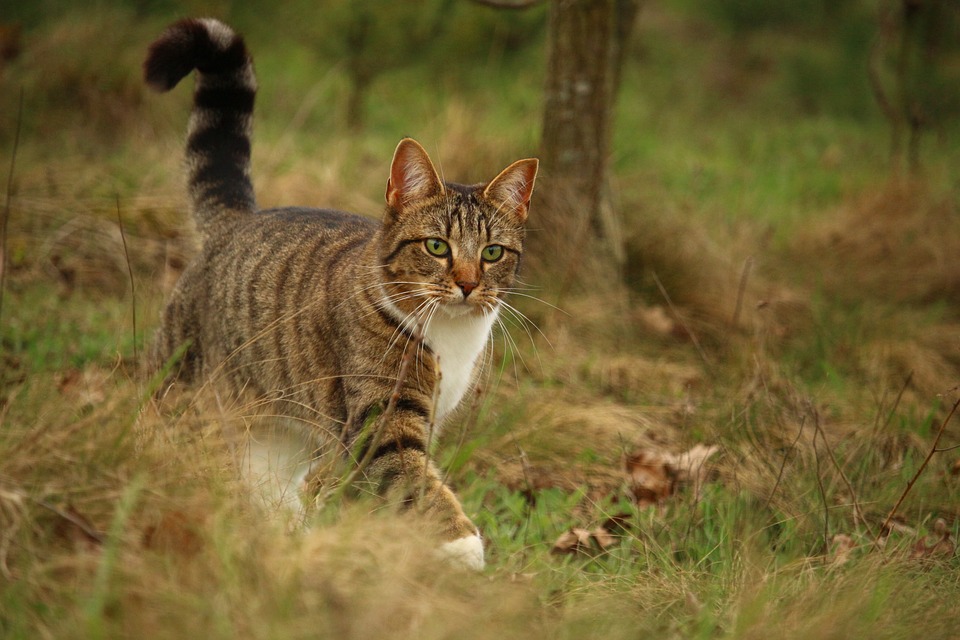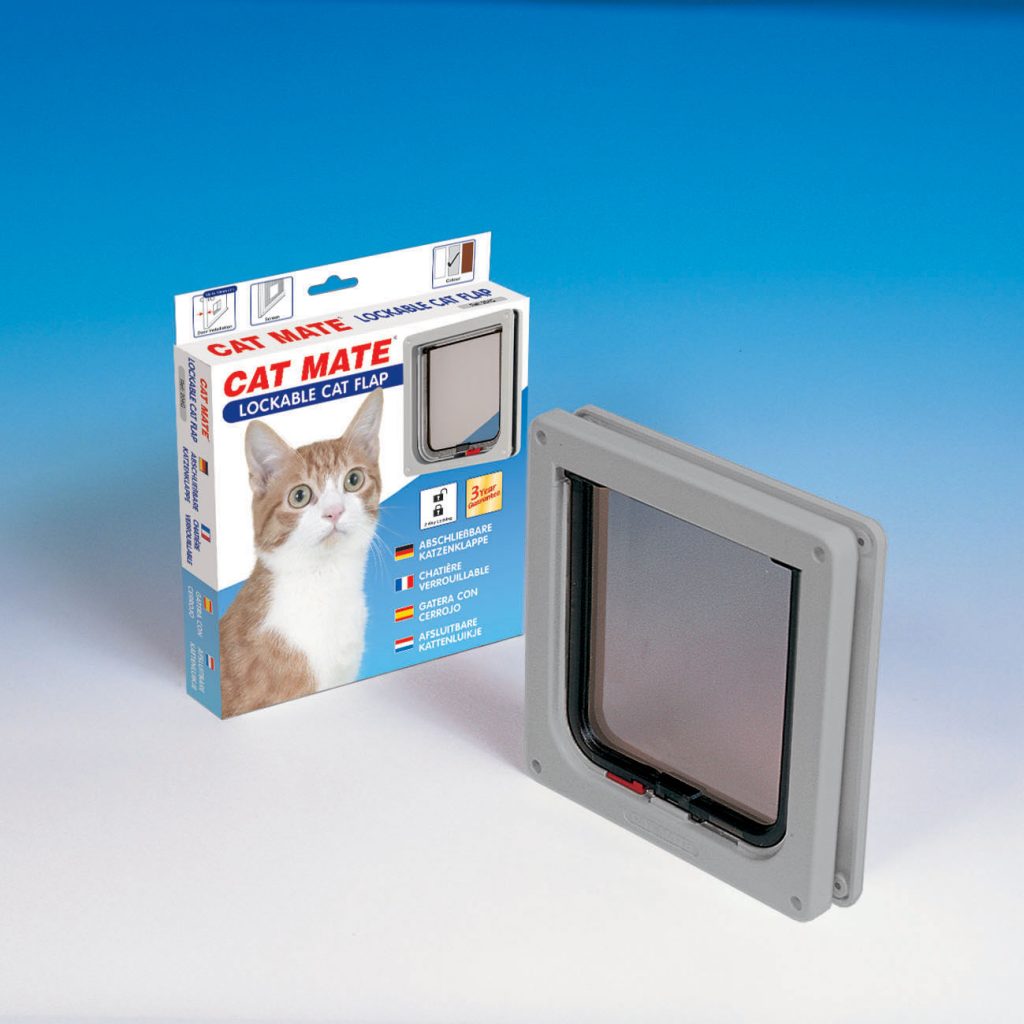Cat Language (Ears and Tails)
We all know how expressive dogs can be, but cat behavior can tend to be more of a mystery. Felines do have their own language, and a lot of what they feel is expressed by their ears and tails. Here’s the scoop on cat body language.

Ear Emotions
Your kitty’s ears are wired for sound. Their design can pick up even the highest pitches, which helps cats find prey. Their ears can also rotate 180 degrees, which means many potential movements to use for communication.
If their ears point up and slightly forward, your kitty is feeling playful, happy, or relaxed. Ears pointing straight up means that something has caught their attention. Your cat may be frightened, anxious, or irritated if their ears are pointing sideways and are partially flat.
Ears that point downward and turn back are an unmistakable sign of anger or fear. Which one your cat or kitten is experiencing will depend on their tail position.
Trick of the Tail
A kitty whose tail is straight and high, with or without a curled tip, is ready for affection or play. A tail carried toward the ground can indicate that a cat feels threatened, but this is normal for some breeds.

Fear or anxiousness is the likely emotion a cat is feeling when their tail is between their legs. If your kitty’s tail suddenly puffs up like a raccoon’s, they’ve become very agitated by something. This tail position helps cats look larger and more frightening to a perceived threat.
A side-to-side and slowly moving tail indicates curiosity but, if your kitty’s tail is moving back and forth like a whip and their ears are down and back, watch out: You may be in for a bite or a scratch!
Observe your kitty and use the above general behavioral indicators, and you’ll have a good idea of what they’re trying to say to you. For example, if they’re looking up at you with big cat eyes and meowing, they might be saying, “I really need a lockable cat door!” Australia Pet Doors has them; just call 0437-644-330.
